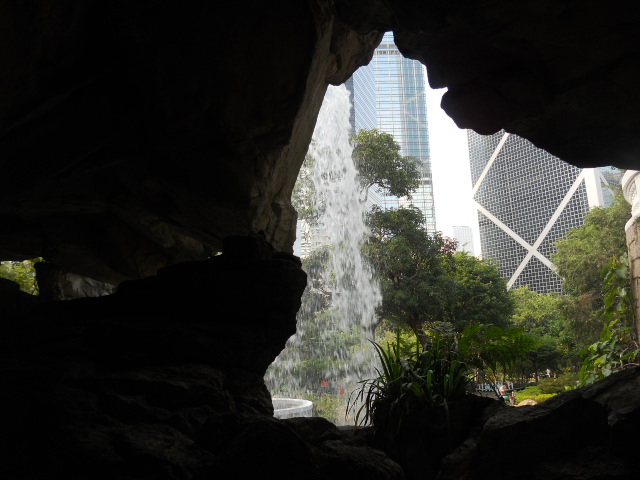Can technology make tourism more transformative ?
Transformative tourism (TT) is a type of meaningful and purposeful tourism. Traditional tourism is often used as an escape mechanism from everyday life (5). Transformative tourism is motivated by seeking (10). In transformational tourism the tourist seeks personal growth during their travels, which can take place in areas such as well-being, spirituality and education. The […]
Research: Communicating the Image of North Karelia to German Market
Introduction of the study The aim of this master’s thesis was to increase the knowledge of German tourists as a marketing segment and to clarify, what kind of image they have about North Karelia as a region. The thesis was made in collaboration with the North Karelian DMO VisitKarelia. An online survey was sent to […]
A Study About LGBTQ Community’s Perception of Finland as a Tourist Destination
In recent decades, LGBTQ tourism has been on the rise largely due to progress in human rights. The LGBTQ market is considered recession-proof and one of the fastest-growing markets in the world. These reasons alone could demonstrate the importance of attracting tourists from this community to Finland. Finland is already in a good position […]

Research: What Do Fishermen Value as a Tourist Experience?
A new Tourism Marketing and Management research suggests that fishing tourists’ lived experience is always built around the same core elements. The elements in the order of importance are the following: emotional value, social value, and epistemic value. This means that Finnish fishing tourists value such elements as nature, peace-and-silence (i.e. emotional value). Also, […]

Overview of Quantitative Data Analysis Methods in SPSS
Analytical thinking in marketing is critical. If marketing is both art and science, the numbers play a big role in the science of marketing. In our Tourism Marketing and Management programme, we study analytical thinking in many courses. One of those is our Practical Tourism Research course. During the course, our students study big data, […]

Complexity of academic research
To understand the world I’ve started my university (academic research) studies this autumn. I´m 32 years old, and I like my age. At least for me, the somewhat life experience gives a better feeling in this rather complex overall feeling that I am having at the moment. I will get back to this later. I’ve […]